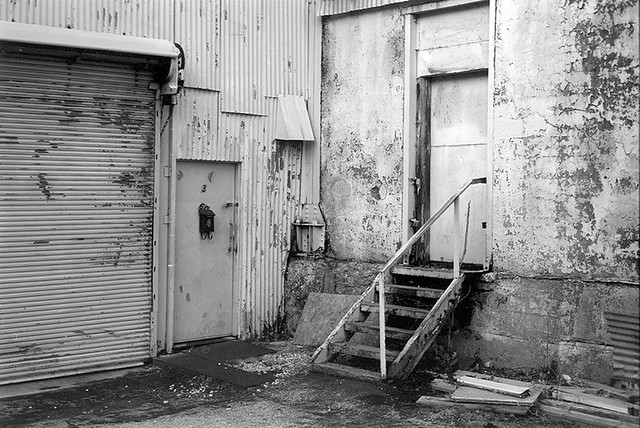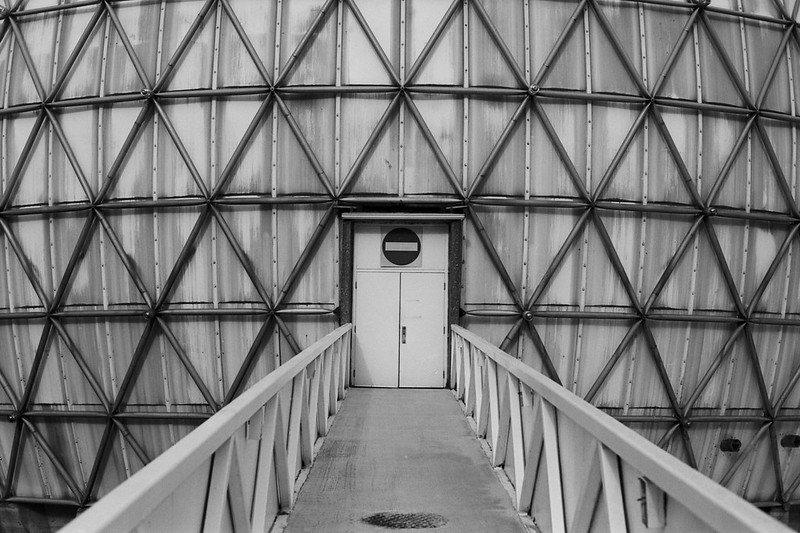I was very leery of continuous agitation since this stuff is so inherently high contrast. Not as bad as Washi S, but highlights seem to block up really easily. Looking at examples all over many to most of them have blown highlights, and from what I’ve gathered nearly nobody is wet printing this stuff.
I'd tend to agree, but was just mostly wondering about whether the methods used in past history to process this film would still apply today, and if not, why not. If that makes any sense.
If you look at the movies shot with P30, the look Fellini, Pasolini, de Sica all seemed to be intentionally going for didn't have a lot of shadow detail. Zone system seemed not to be the order of the day. Justifiable and laudable artistic preference or just "doing it wrong" might depend on what one wants out of the film. Getting it to look like well metered and developed Plus-X might be difficult, or perhaps even beside the point. I don't know, just thinking out loud. For me, the film seems to have a character all its own, which I might just accept on its own terms. Not sure yet, but should know by the time I've run through the ten rolls sitting here.
La Dolce Vita Fountain scene Anita Ekberg and Marcello Mastroianni, Fellini:
https://www.youtube.com/watch?v=The8Xi6fKOE
I'm stuck with scanning simply because I'm too old to develop the competency I would be happy with for wet printing. Just never had the opportunity earlier, and now it's too late to get good at it so I've had to let it pass, sadly. Hats off to those who wet print, because you are on a higher plane, seriously.
So, I'd probably take the ideal wet printing developing suggestions and reduce development by 15% or so for starters and go from there till I get something I like.
Thanks everyone for all the information.





